Introducing Micro-hole Zone Technology
Micro-hole Zone Technology ensures complete bladder emptying* in one free flow. By reducing mucosal suction, it eliminates the need for repositioning and reduces the risk of residual urine and microtrauma.2,4,5
Learn how Micro-hole Zone Technology works
Catheters with Micro-hole Zone Technology have 80+ micro-holes, designed to reduce the risk of UTIs. Key benefits of Micro-hole Zone Technology are1,2:
- One free flow – The urine flow stops when the bladder is completely emptied*
- No repositioning – There is no need to reposition the catheter as mucosal suction is reduced
- Less risk of UTIs – UTI risk is reduced due to complete bladder emptying* and reduced bladder microtrauma
*The Micro-hole Zone Technology catheter has close to no flow stops and complete bladder emptying is defined as <10 mL (NCT05485922, N=42). Individual results may vary2
One free flow
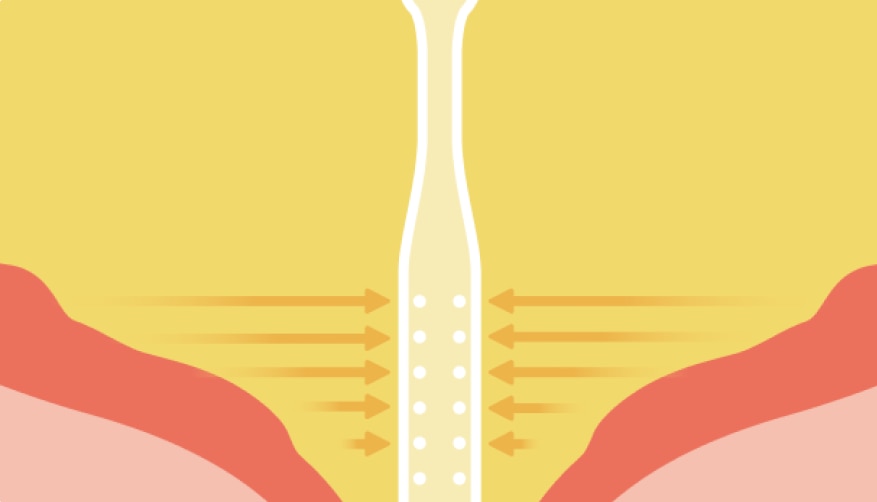
Designed to drain urine at the bottom of the bladder across a zone with 80+ micro-holes. 4
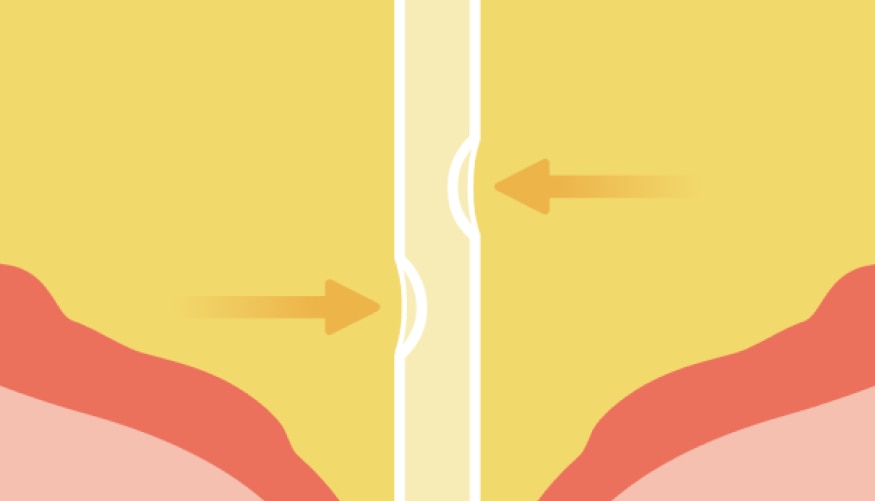
Only two eyelets for urine draining.
No repositioning
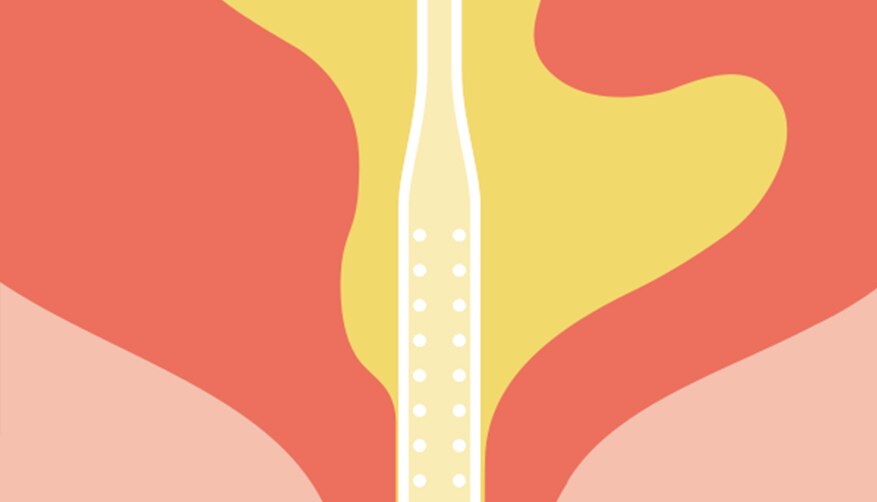
Reduces mucosal suction; no repositioning/adjustment of the catheter is needed to completely empty the bladder. 4,2
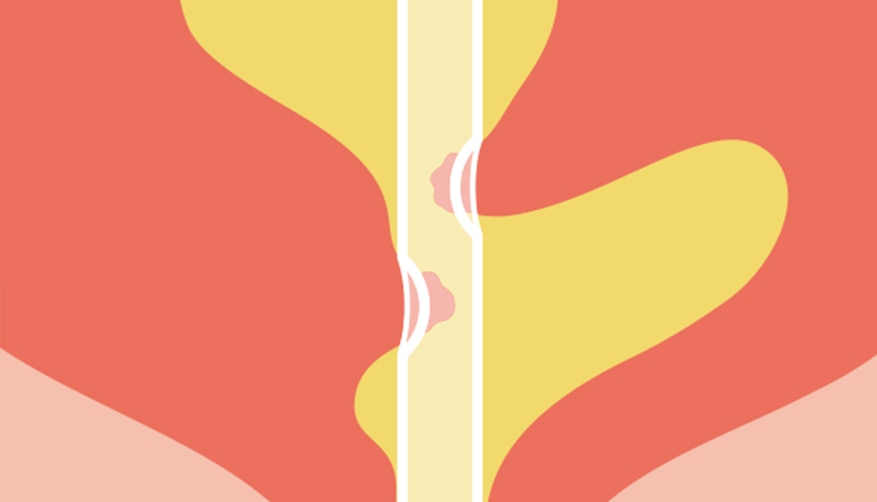
Leads to mucosal suction, causing the urine flow to stop. These flow stops give a false indication of an emptied bladder. 5,6
Less risk of UTIs

80+ micro-holes ensure complete bladder emptying in one free flow, reducing the risk of UTIs. 4
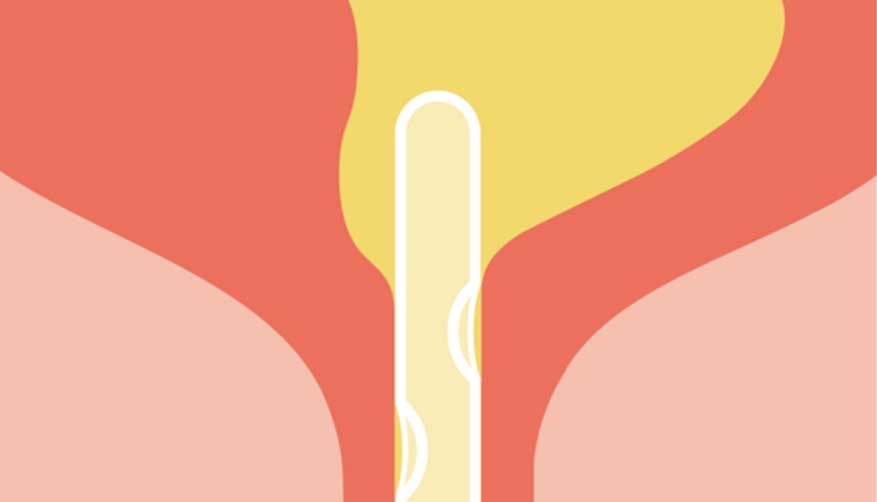
If a user ends up with residual urine, pathogenic bacteria may thrive in the bladder, increasing the risk of UTIs. 7,8
What evidence is there about Micro-hole Zone Technology?
Micro-hole Zone Technology leads to improved bladder health among IC users, according to a comprehensive set of pre-clinical activities.9 Click to learn more about each activity:

Quote
Flemming Find Madsen shares his experience of using a Micro-hole Zone Technology catheter, personal communication, Personal Communication, Nov. 2022
- Landauro MH, Jacobsen L, Nascimento OF, et al. A multi-centre randomised controlled study confirming the improved performance with a new Micro-hole zone catheter in a population of adult male intermittent catheter users. INUS; Athens, Greece 2023.
- Landauro M H, Rovsing C, Jacobsen L et al., Micro-hole zone technology shows superior ability to empty the bladder: a crossover randomised controlled trial in users of intermittent catheters. UKCS Annual Scientific Meeting; Sheffield, United Kingdom 2023
- Kennelly M, Thiruchelvam N, Averbeck MA et al., Adult neurogenic lower urinary tract dysfunction and intermittent catheterisation in a community setting: Risk factors model for urinary tract infections. Advances in Urology. 2019; Apr 2;1–13
- Coloplast, Design rationale on how the Micro-holes zone is designed to reduce risk of UTIs, data-on-file (VV-0505951)
- Tentor F, Schrøder BG, Nielsen S et al., Development of an ex-vivo porcine lower urinary tract model to evaluate the performance of urinary catheters. Scientific Reports. 2022; Oct 24;12(1):17818
- Willumsen A, Rezaa T, Schertigera L, and Nielsen LF. Reduction in Eyelet Size in Intermittent Urinary Catheters Results in Less Urothelial Microtrauma in the Bladder. UKCS Annual Scientific Meeting; Sheffield, United Kingdom 2023. PM-26499.
- Vasudeva P and Madersbacher H, Factors implicated in pathogenesis of urinary tract infections in neurogenic bladders: some revered, few forgotten, others ignored. Neurology and Urodynamics. 2014 Jan;33(1):95-100
- Barber AE, Norton JP, Spivak AM et al., Urinary tract infections: current and emerging management strategies. Clinical Infectious Diseases. 2013; Sep;57(5):719-24
- Coloplast, Rationale - UTI risk factors addressed by Luja, data-on-file (VV-0509593)
